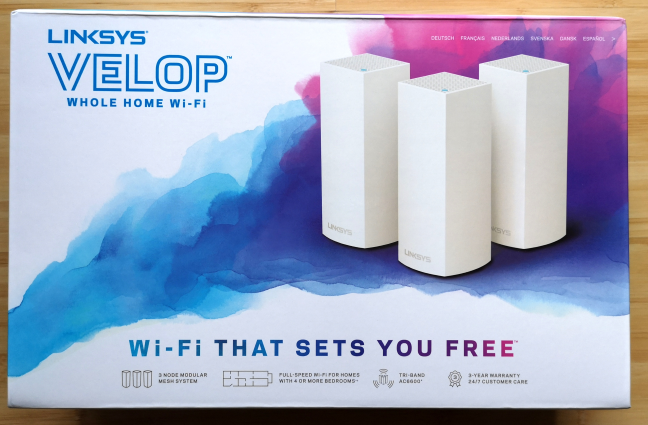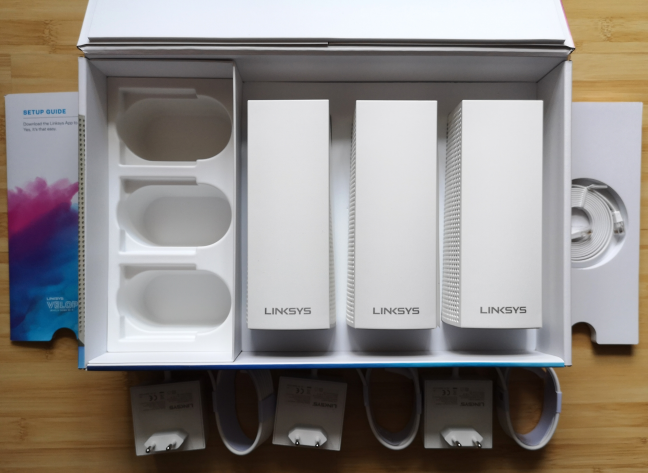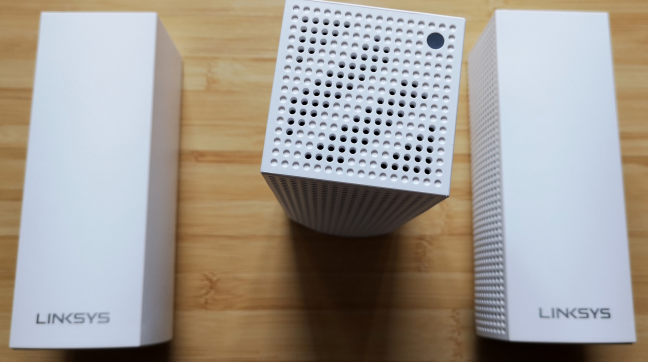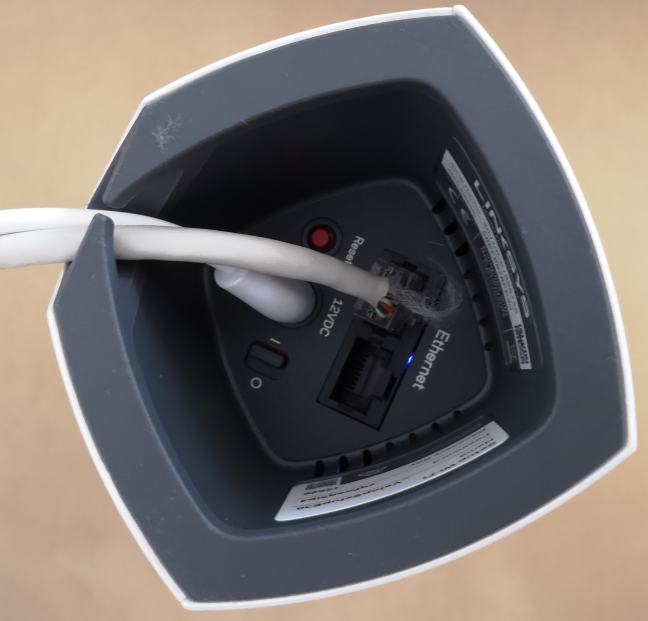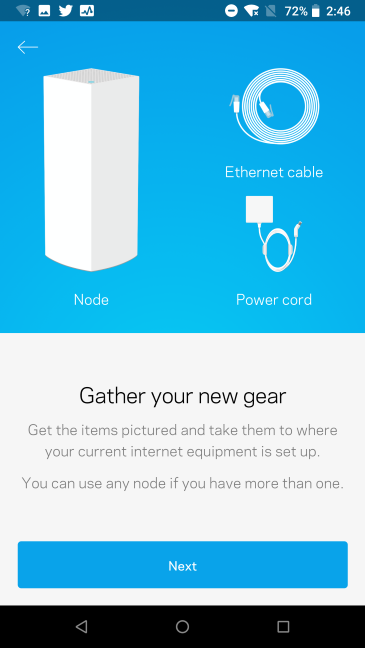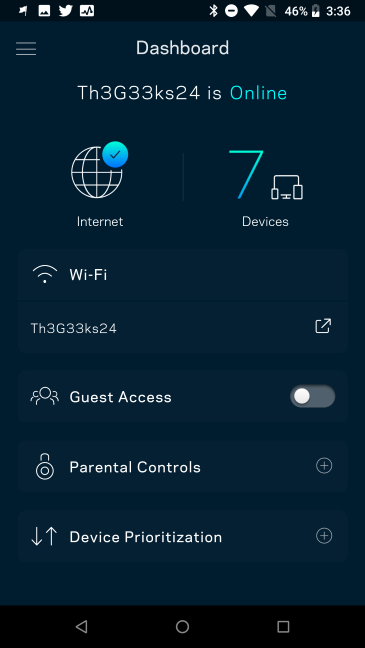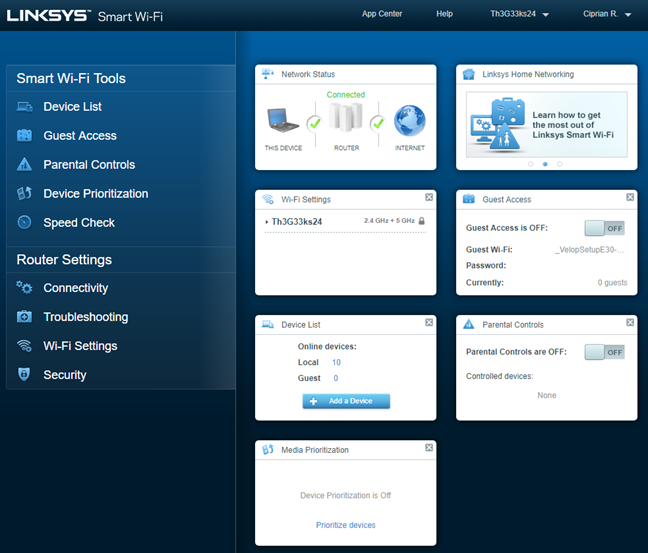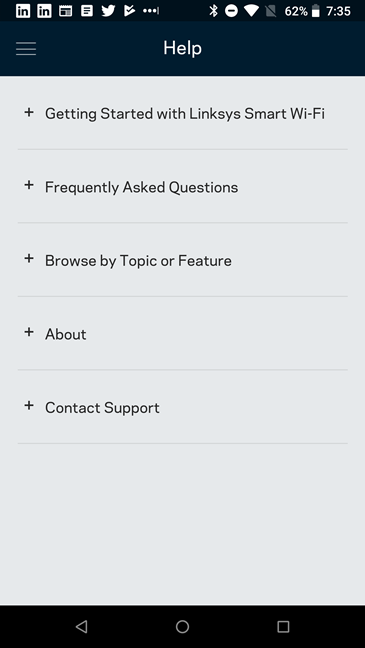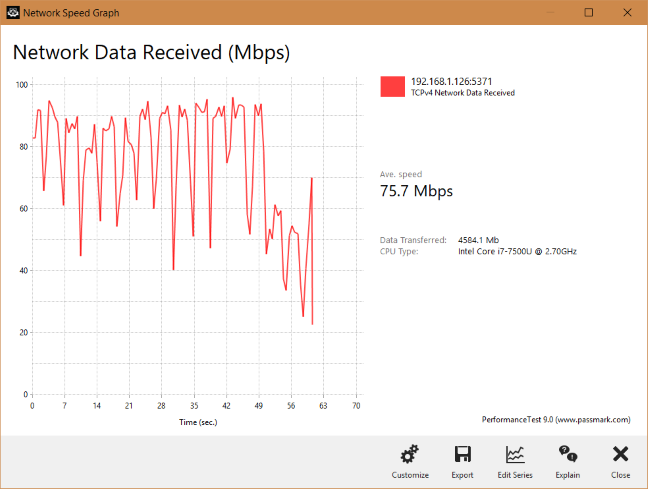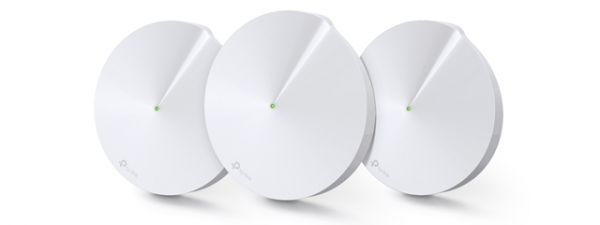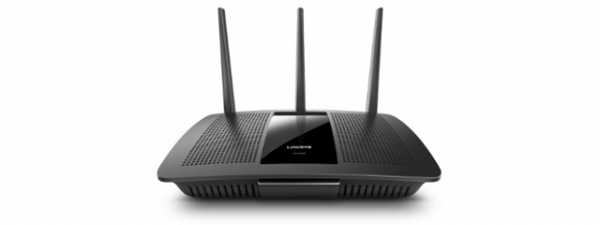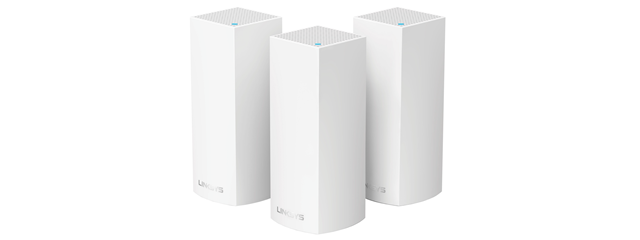
Linksys Velop was one of the first consumer mesh networking systems on the market, one of the most beautiful, and the most expensive. Its price has not lowered much since its original launch, and many firmware updates later, we got the chance to review it. If you want to know whether Linksys Velop is worth the asking price, read our in-depth review:
NOTE: There are several Linksys Velop mesh systems available on the market. We tested and reviewed the hardware version WHW03.
Linksys Velop: Who is it good for?
This whole-home mesh WiFi system is a suitable choice for:
- People who want premium devices that look great in their homes
- Owners of Alexa powered devices who want to voice control their home network
- Users who prefer to set up and manage their home network from their smartphone
Pros and cons
Linksys Velop has the following positives:
- Beautiful design
- It is easy to use and set up
- The wireless coverage is fast on both bands: 2.4 GHz and 5 GHz
- It can be remotely controlled from anywhere on the internet
- It can be managed from a web browser too
- It is integrated with Amazon Alexa
- Great multilingual support
There are also downsides to consider:
- The price is higher than that of similar competing products
- It does not include security features like antivirus protection or an intrusion prevention system
- It has some bugs that should be fixed in future firmware updates
- You cannot mount it on walls
Verdict
Linksys Velop is a gorgeous mesh WiFi system, with a premium price. The setup is similar to that of other mesh systems, and the speed on both wireless bands tends to be higher than the average, even though it is not the fastest mesh WiFi system you can get. Its biggest downside is the price. Linksys Velop is a lot more expensive than its competitors while lacking the advanced security features that you find on competing systems. This makes it a tough sell. Other mesh WiFi systems offer more features and more value for your money.
Unboxing the Linksys Velop (WHW03) mesh WiFi system
The packaging for the Linksys Velop is beautiful and elegant. On the top cover of the box, you see the three devices that make up the kit you just bought, the name of the system, and some of its most essential features.
The top cover opens like the cover of a book. Inside, you immediately see the three devices that make up the mesh. Alongside them, you find the quick start guide, an Ethernet cable, three power adapters, and the warranty.
The unboxing experience offered by Linksys Velop AC2200 is gratifying, worthy of a premium device. Both the packaging and the Velop devices are beautiful. You also get all the accessories you need to set up and use the mesh system.
Hardware specifications and design
Each Linksys Velop station has a quad-core Qualcomm IPQ4019 processor, running at 716 MHz, with support for the latest networking standards, including 802.11ac Wave 2, and 2x2 MU-MIMO transfers. The three devices each have 512 MB of RAM, and 4GB of storage space, for the firmware. The Linksys Velop is a three-band mesh wireless system, with its total maximum theoretical bandwidth split as follows:
- 400 Mbps for one 2.4 GHz wireless band
- 867 Mbps each for the two 5 GHz wireless bands
To provide this bandwidth, each Velop has six internal antennas, four of which are used for the two 5GHz wireless bands. Inside each Velop station, there is also a Bluetooth 4.0 chip, for pairing the stations together.
As you can see, the design of the Linksys Velop hubs is pleasant. They can be either white or black, depending on the color variant that you purchase. On two sides and the top, there are ventilation grids, for efficient cooling. On the top, there is also a discreet LED that lights up in different colors, to signal the status of the node.
Each Linksys Velop station is as tall as a PC speaker with a size of 3.1" x 3.1" x 7.3" or 7.8 x 7.8 x 18.5 cm in length, width and height. The nodes do not weigh much, only 17 oz or 485 grams. On the bottom of each node, there are two 1 Gbps Ethernet ports, the Power button, the Reset jack, and the power jack.
We like the design of the Linksys Velop a lot. The stations look great anywhere you place them. Their only minor design issue is that they do not have a system to mount them on walls. You can only place them on flat surfaces.
If you would like to read all the official specifications of this product, go to this page: Linksys Velop Specifications.
Setting up and using the Linksys Velop (WHW03)
Setting up the Linksys Velop is the same as for any other mesh WiFi system, and you must use the Linksys app for Android or iOS. The setup process uses Bluetooth for device discovery, so Bluetooth has to be enabled on your smartphone or tablet. If you follow the instructions carefully, you should be able to set up the system in about 10 to 15 minutes. However, issues may arise with the discovery of the Velop nodes through Bluetooth. We encountered problems when adding the final node to the system, so we had to waste another 5 minutes to reset that node, and place it closer to another node that was already part of the mesh. After we did that, everything went smoothly, and we finished the setup.
During the initial setup process, you can only provide the details of your internet connection, set the location of each Velop node, and enter the name and the password for the wireless network that is broadcast by the system. As is the case with all mesh systems, Linksys Velop broadcasts only one network name and uses only one password for accessing the network. As soon as you are done creating the mesh, you should look for firmware updates and install them. The Linksys mobile app handles the process, and it works well. Firmware updates ensure that bugs get fixed and that you get the latest security improvements for your network.
When using the Linksys mobile app, it is a good idea to connect it to your Linksys Smart Wi-Fi account, so that you can remote control your network from anywhere on the internet. When you do that, it does not matter where you are at home or not. You can access your network's settings, see which devices are online, and control the basics: guest access, parental controls, device prioritization, and the few advanced settings that are available.
One positive is that Linksys has added web access to the Linksys Velop. Advanced users appreciate this feature, as it allows them to get more control over the way their mesh network works. Another positive is that both the web-based user interface and the mobile app are available in more than twenty languages.
Help is easily available. When you use the mobile app, you get access to tutorials about setting up and using Linksys Velop, a database with frequently asked questions, and instructions for contacting Linksys support directly, over the phone.
When you are done configuring everything, start connecting your network devices. When using a mesh WiFi system, network devices see only one network name being broadcast. The more expensive smartphones and laptops that support the 802.11ac standard connect to the network using the 5GHz frequency, while cheaper or older devices that support the 802.11n standard connect to the network on the slower 2.4 GHz frequency.
We connected various devices to the network: desktop PCs, laptops, tablets, smartphones, an Xbox One console, a few smart plugs, a smart bulb, and a wireless printer. We had no issues in sharing content over the network, and the WiFi network coverage was mostly stable. However, when transferring data through the network, we did notice a bit of variability in the transfer speed, higher than what we expected.
We also noticed that when we made large network transfers (like copying a 6 GB file over the network) some of our wireless devices had brief connection drops. They did not last long, but they were noticeable. Also, not all devices were disconnected, only a few of them. This means that the bandwidth management algorithms used by Linksys Velop could be improved in future firmware updates so that they offer stabler WiFi connections even when large sets of data are transferred over the network.
Except for a few minor hiccups that can be fixed in firmware updates, the user experience offered by Linksys Velop is pleasant. Remote controlling this mesh system works well both when using the mobile app, and the web interface. Also, the multilingual support is excellent.
If you want to know more about the real-world performance offered by Linksys Velop, go to the next page of this review.


 17.07.2018
17.07.2018 